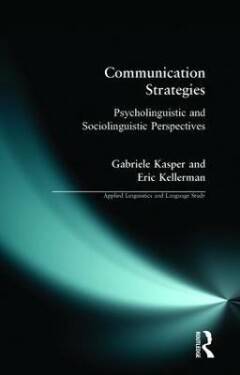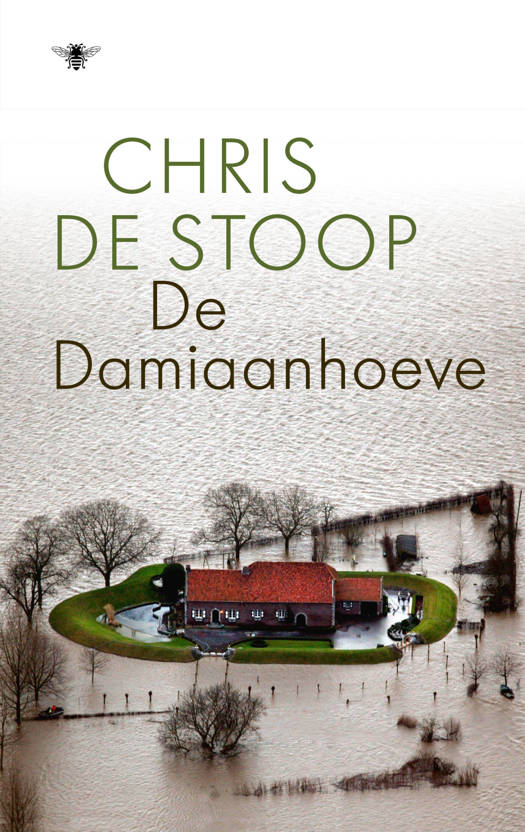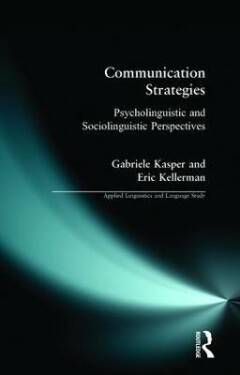
- Afhalen na 1 uur in een winkel met voorraad
- Gratis thuislevering in België vanaf € 30
- Ruim aanbod met 7 miljoen producten
- Afhalen na 1 uur in een winkel met voorraad
- Gratis thuislevering in België vanaf € 30
- Ruim aanbod met 7 miljoen producten
Zoeken
Communication Strategies
Psycholinguistic and Sociolinguistic Perspectives
Gabriele Kasper, Eric Kellerman
€ 109,95
+ 219 punten
Uitvoering
Omschrijving
This book examines the topic of communication strategies, the ways in which people seek to express themselves or understand what someone else is saying or writing. Typically, the term has referred to the strategies that non-native speakers use to address the linguistic and pragmatic problems encountered in interactions with native and non-native speakers of the language in question. Studies adopting a psycholinguistic perspective are well represented and updated in this volume. Other chapters re-examine communication strategies from a sociolinguistic perspective, exploring the strategies non-native speakers and their conversational partners use to create shared meanings in ongoing discourse. These studies reveal how communication strategies can serve to construct participants' identities and social relationships. Finally, the book incorporates a number of chapters which cover strategy-like behaviour in other related areas, such as language pathology, child bilingualism, normal native adult interaction, and mother tongue education. These studies add fresh dimensions to the study of communication strategies, showing how the concept can usefully be extended beyond the realm of second language acquisition and use, and pointing out the commonalities in many domains of language behaviour.
Specificaties
Betrokkenen
- Auteur(s):
- Uitgeverij:
Inhoud
- Aantal bladzijden:
- 410
- Taal:
- Engels
- Reeks:
Eigenschappen
- Productcode (EAN):
- 9780582100176
- Verschijningsdatum:
- 3/09/1997
- Uitvoering:
- Paperback
- Formaat:
- Trade paperback (VS)
- Afmetingen:
- 137 mm x 214 mm
- Gewicht:
- 512 g

Alleen bij Standaard Boekhandel
+ 219 punten op je klantenkaart van Standaard Boekhandel
Beoordelingen
We publiceren alleen reviews die voldoen aan de voorwaarden voor reviews. Bekijk onze voorwaarden voor reviews.











